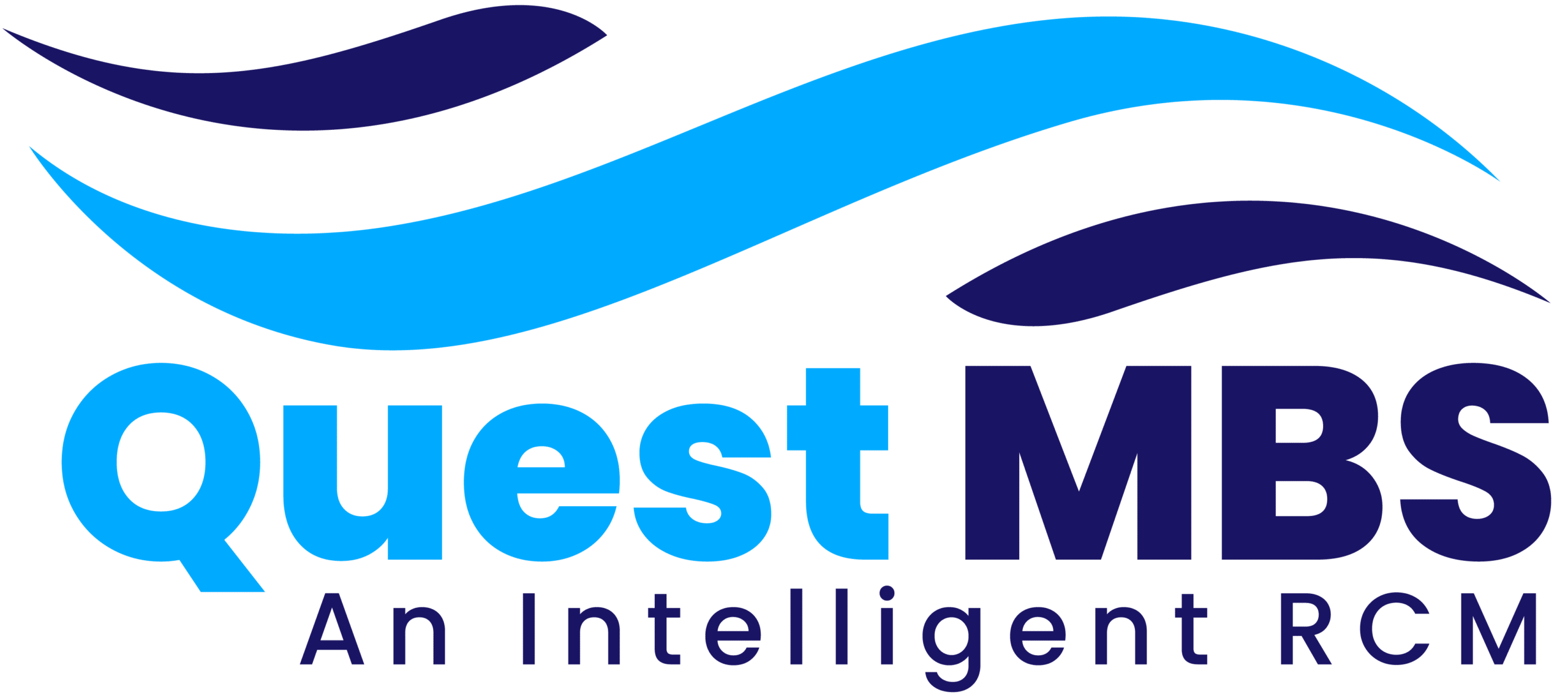Introduction:
As 2024 unfolds, the healthcare industry continues to witness significant changes in how providers are reimbursed for services. Emerging technologies, evolving payer expectations, regulatory reforms, and shifts in patient behavior are reshaping traditional models. Understanding these changes is critical for providers aiming to maintain compliance, ensure cash flow, and improve patient satisfaction.
Value-Based Reimbursement Expansion:
One of the most significant transformations is the widespread shift from fee-for-service models to value-based care. Instead of focusing on volume, the focus is now on the quality and outcomes of care. Hospitals, physicians, and outpatient clinics are now evaluated based on clinical outcomes, patient satisfaction, and cost efficiency. Payers are rewarding providers who can reduce unnecessary hospitalizations and demonstrate evidence-based practice.
This trend has encouraged organizations to adopt better care coordination strategies, chronic disease management programs, and patient engagement tools. Successful practices in 2024 are leveraging data analytics and outcome tracking systems to align with payer performance measures.
Increased Role of Artificial Intelligence:
AI has become a driving force in streamlining revenue processes. Intelligent automation tools now assist with eligibility verification, claims scrubbing, and denial analysis. These AI systems improve accuracy in coding and documentation, reducing the chance of claim rejections. They can also predict which claims are at higher risk for denial and allow staff to proactively intervene.
AI also contributes to real-time decision-making. Predictive models help in identifying high-risk patients and intervening early, which supports value-based goals. Additionally, AI-driven systems enhance charge capture accuracy, ensuring that no services go unbilled.
Rise of Prior Authorization Automation:
Prior authorization continues to be a significant administrative burden, delaying care and straining provider resources. In 2024, we are witnessing a strong push toward automating this process. Many health plans and provider networks are adopting electronic prior authorization (ePA) systems that integrate directly with electronic health records (EHRs).
These technologies not only reduce turnaround time but also increase approval rates by ensuring complete and compliant submissions. As automation adoption grows, providers can expect fewer care delays and improved satisfaction scores.
Bundled Payment Models Gain Momentum:
Bundled payments are gaining traction across various specialties. Under this model, providers receive a single payment for all services associated with a treatment episode, encouraging collaboration among providers and discouraging redundant or unnecessary procedures.
In orthopedics, cardiology, and maternity care, bundled payment pilots have shown promising results. In 2024, more providers are negotiating directly with payers to participate in such arrangements, particularly when supported by data that demonstrates cost control and quality outcomes.
Increased Scrutiny on Clinical Documentation:
Accurate documentation has always been important, but in 2024, its role has become even more crucial. With advanced analytics being used to assess provider performance, documentation must clearly support the medical necessity of services rendered.
Audits from commercial and government payers are now heavily focused on the integrity of clinical records. Inaccurate or vague documentation not only leads to claim denials but may also result in recoupments or penalties. Clinicians are now more involved in ensuring complete documentation, supported by real-time prompts within EHRs and ongoing training programs.
Outpatient Care and Telehealth Reimbursement:
The shift toward outpatient services has accelerated post-pandemic, and payers are adjusting accordingly. Surgeries, diagnostic services, and rehabilitation that once required inpatient admission are now moving to ambulatory settings.
Telehealth, once considered a temporary solution, has solidified its place in the reimbursement landscape. Payers are maintaining permanent coverage for virtual visits, especially for behavioral health, chronic disease management, and follow-up care. However, reimbursement levels differ by payer and state, requiring close monitoring to ensure proper revenue cycle management.
Social Determinants of Health Integration:
In 2024, more health plans are incorporating social determinants of health (SDOH) into their reimbursement considerations. Factors such as housing stability, access to nutritious food, and transportation are now part of care coordination efforts.
Some payer contracts include incentives for addressing SDOH through community partnerships or care navigation services. Providers that can document and act on these factors are positioned to receive enhanced reimbursement and avoid penalties tied to avoidable readmissions or poor outcomes.
MACRA and MIPS Updates:
The Medicare Access and CHIP Reauthorization Act (MACRA) and its Merit-Based Incentive Payment System (MIPS) continue to evolve. The 2024 updates emphasize interoperability, patient access to information, and eCQMs (electronic clinical quality measures).
Physicians participating in MIPS must demonstrate improvement in specific categories to avoid negative adjustments. This necessitates the use of integrated software tools that track performance in real-time, guiding practices toward optimal scores and positive payment adjustments.
Denial Management Becomes Proactive:
Denials have long plagued healthcare revenue teams. In 2024, there’s a heightened focus on proactive denial prevention rather than reactive correction. Practices are investing in tools that analyze denial trends, identify root causes, and provide predictive analytics.
These systems help staff intervene before claims are submitted, whether by correcting coding issues, verifying coverage, or confirming authorization. Denial prevention strategies are becoming central to maintaining clean claim rates and reducing days in accounts receivable.
Focus on Patient Financial Experience:
With the rise in high-deductible plans, patients are now the third-largest payer segment in many practices. Reimbursement strategies in 2024 include optimizing the patient financial experience. This includes transparent pricing, point-of-service collections, digital payment portals, and automated billing communications.
Patient engagement platforms now allow individuals to view and pay bills, ask questions, and set up payment plans without calling the office. These tools not only improve collections but also increase patient satisfaction and reduce billing confusion.
Increased Role of Clearinghouses and Interoperability:
Clearinghouses are playing a more strategic role by offering advanced reporting, real-time claim tracking, and error resolution dashboards. Their integration with payer networks ensures faster adjudication and fewer technical rejections.
Interoperability standards promoted by the 21st Century Cures Act are pushing systems to share information more freely. This connectivity streamlines the billing workflow, eliminates duplication, and ensures that clinical and financial data are consistent and complete.
Shift in Payer Mix:
The payer landscape is changing, with more patients enrolling in Medicare Advantage and Managed Medicaid plans. These plans often have stricter rules and require more administrative effort, but they also present opportunities for increased revenue if managed correctly.
In response, practices are expanding their eligibility verification processes and payer rule libraries to adapt quickly to changes in requirements. Automated solutions now pull real-time data from payer portals to support accurate billing and reimbursement.







